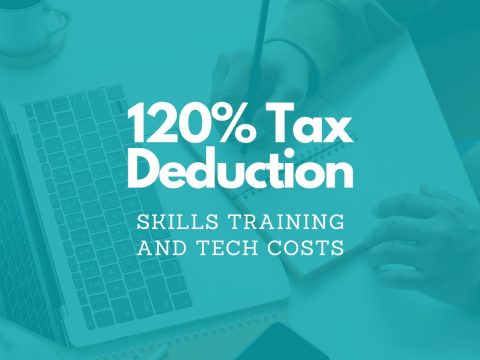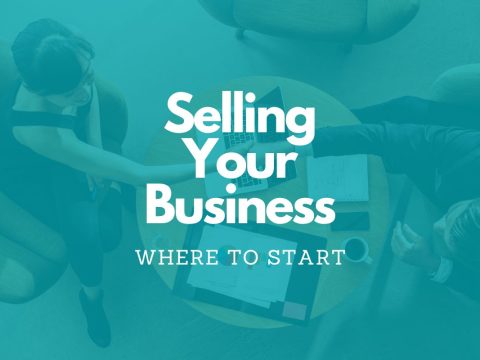Non-Fungible Tokens: what on Earth are they? [3 of 3]
By Mark Copsey, Partner
In part three of my series on the Crypto world, we explore Non-Fungible Tokens (NFTs), which have gained notoriety since the artist Beeple sold a digital picture for US$69.3 million earlier this year.

Beeple’s Everydays – The First 5000 Days sold at Christie’s for $69.3 million
What is an NFT?
An NFT is a digital asset (the non-fungible part) that represents real-world objects like art, music, and videos. They are bought and sold online, and generally encoded with the same underlying software as many cryptos.
According to a Forbes article there has been US$174 million spent on NFTs since November 2017.
NFTs are also generally one of a kind, or at least one of a very limited run, and have unique identifying codes.
Given I was able to copy the above multi-million dollar image easily from the Internet, why would someone be willing to dole out such an incredible amount for something you cannot touch?
For crypto enthusiasts, it’s much like owning an original piece of tangible art that gets reproduced in the form of posters. It’s the satisfaction of knowing you own the original. The NFT contains a built-in authentication, which serves as proof of ownership, and so the image copied is worthless without the embedded code.
How do they work?
Like Bitcoin, which was discussed in my first article for this series, NFTs exist on a blockchain, which, as with Bitcoin, means a distributed public ledger.
NFTs are typically held on the Ethereum blockchain, which was discussed in my second article.
To keep you updated on my crypto investing adventure, my crypto portfolio is now down 13% as at 29 June. That’s after being up 18.52% at the time of writing the first article in this series – a wild ride as promised!
An NFT is created from digital objects that represent both tangible and intangible items, including:
- Art
- Videos and sports highlights
- Collectibles
- Virtual avatars and video game skins
- Memes
If you have young kids or grandkids, you have probably come across the video games Roblox or Fortnite. At first, I couldn’t understand why these game providers gave away access to their games for free. However, spend enough time on these games with your kids and you’ll soon work out how they make their money – and it’s serious money. When signing up, you are given a basic, boring character which can be upgraded to have better ‘skins’ (articles of clothing) or weapons, and other digital gizmos. Some range in price from a couple of dollars to hundreds of dollars.
Kids literally drive their parents crazy (well, mine do anyway) asking for money to upgrade to the latest skin. That’s where these companies make their billions. But we digress…
What are the benefits?
To artists like Beeple (whose real name is Mike Winklemann), this means they can sell art directly to Internet users instead of going through galleries that charge large fees, generally meaning they get to keep more for themselves.
As well as this, the owner of the piece can use the art to earn income (say by allowing reproduction) and, because of the digital code embedded in the blockchain, the artist will also receive a commission for his work each time it is used.
How do I buy NFTs?
Unlike Bitcoin and Ethereum discussed in my earlier articles, I have not purchased any NFTs, so I relied upon an Internet search for how to buy them.
You will need to have a digital wallet that allows you to store NFTs, and will most likely need to purchase some cryptocurrency, like Ether, depending on what currencies your NFT provider accepts, and then you’re ready to begin.
Beeple’s The First 5000 Days and Jack Dorsey’s Tweet
As mentioned earlier, the artist Beeple was able to make US$69.3 million when selling his artwork shown above, putting him among the ‘three most valuable artists alive’ according to the auction house. His work had previously garnered a large fan base, as well as his 14-year-long project to produce a new piece of art every single day. Christies, the auction house responsible for selling his artwork The First 5000 Days, knew this piece was bound to set records.
Another example of an NFT being sold for a huge amount in the Crypto world was Twitter CEO Jack Dorsey’s first Tweet created in 2006, for A$3.8 million. It is commonly seen as a digital collector’s item, which has been shared over 120,000 times and liked more than 160,000 times. This NFT was also bought using Ether.
Next month I will head off on a different tack and delve into a new investment in the green space. Feel free to contact me if you have any questions about NFTs.
IMPORTANT NOTICE
This blog post contains general information only and has been prepared by Allworths without reference to your objectives, financial situation or needs. Allworths cannot guarantee the accuracy, completeness or timeliness of the information contained here. By making this information available to you, we are not providing professional advice or recommendations. Before acting on any of the information contained here, you should seek professional advice.




